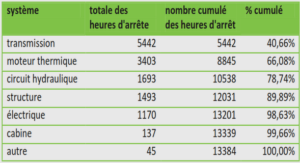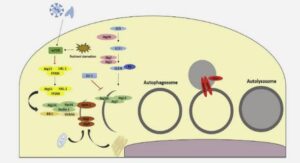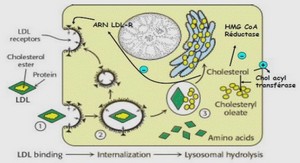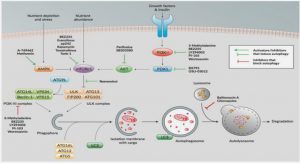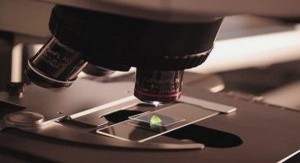Study of the Stabilization of the Laterite by Microorganisms Activated By Manure, Sugar And Urea
Introduction
For years, the Malagasy constructed their works from natural materials, and after evolution, they practiced traditional methods to manufacture the construction supplies of which some remain again on the market of today as the bricks in raw earth, the bricks and tiles made of terracotta. The walls in earth raw, named » Tamboho » that subsists again in the peripheral zones of Antananarivo, after several decades of existence are part of these works. In excellent Madagascar, the use of the laterite soil, an abundant natural resource on the territory, offers an alternative for facing the lacks of construction supplies or the too elevated prices of these products. However, the mediocre mechanical qualities of this material used that in the constructions little solicited mechanically. To develop the constructional policy in Madagascar, the valorization of the laterites as constructional material in the domain of habitat (foundation, base, wall, pillar) and road (base layer and foundation) is a necessity. Several research works have already given satisfactory results in the improvement of the mechanical resistance and the reduction of the sensibility to the effect of water on materials made of laterites. The chemical stabilization (by the cement, the lime, the polymers…) of the laterite is part of these works. However, the manufacturing cost of the material gotten with this technology is high, because the price of the stabilizer that is still expensive currently must be added to it. A binder based on oxide of iron and active silica has been elaborated by RANDRIANA and other people in 2004. However, the gotten mechanical strength is not satisfactory in relation to the products consolidated above stated. Thus, we propose in the setting of this work, the stabilization of the laterite the micro-organisms. This process is at a time modern and less dear, because micro-organisms substitute the chemical products. The process is simple. It only requires simple materials.
Material And Methods
The geotechnical characterization of the latérite has been done in the National Laboratory of the Public works and Buildings (LNTPB) situated in Antananarivo. The material used includes : a dry off oven ; a precision scales ; diverse glasswares; a set of screens ; a Casagrande device ; a mold and a Proctor rammer. The chemical constituent of the laterite have been determined by spectrometry in X fluorescence in the laboratory of the Holcim cement factory located in Ibity, Antsirabe. The mineralogical composition has been determined by diffraction of X-rays (DRX). The equipments used for the study of the process of stabilization of the laterite by microorganisms are constituted of : bioreactors made from plastic cans ; mold for the preparation of test ; multifunctional hydraulic press of the technical Block of the polytechnic college of Antananarivo (ESPA), used for the milling and the determination of the mechanical resistance , analytical balance for the determination of the porosity. The methodology of stabilization consists in reducing the Fe3+ ion in Fe2+ in anaerobic, with or without grading correction. Fe2 + thus obtained, which is very unstable, oxidizes in the presence of the oxygen of the air during the drying. III. Place Of Taking Collection Of The Sample Of Laterite The laterites which we used, within the framework of this work, were collected in two different zones: The first has been taken at 1 km in the southwest of the Academic Campus of the Polytechnic College, that we call » laterite 1 » ; The second has been collected within the Polytechnic College Academic Campus, that we designate by » laterite 2 . » The geographical coordinates of these collection places are given in the next table : Table 7: geographical Coordinates of the places of takng of the laterites Name of the sample Latitude south Longitude East Latérite 1 18°58’51,34’’ 47°24’42,96’’ Latérite 2 18°97’08,51’’ 47°42’50,47’’ The following photo-satellite shows the place of collection of samples : We chose to study the laterite of Vontovorona in these two different zones because, according to the bibliographic survey, the laterites of these zones has contents made of different iron, therefore, we are going to determine the influence of the content made of iron of these samples during our work which finality is to determine the effect of the content made of iron on the quality of the finished product gotten by the stabilization of the laterite by micro-organisms.

